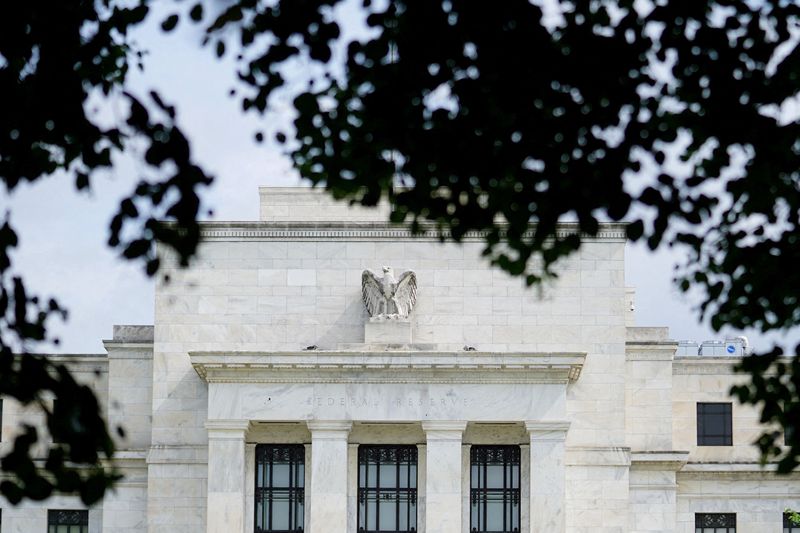In a recent Reuters poll conducted from October 23 to 29, economists widely anticipate a 25 basis point cut to the U.S. Federal Reserve’s key interest rate on November 7, following the Fed’s initial easing action last month. All 111 economists surveyed expect this reduction, with over 90% also predicting a similar cut in December, bringing the federal funds rate down to a target range of 4.25%-4.50%. The easing cycle aims to respond to a combination of robust economic data, including consumer spending and job growth, against the backdrop of an impending presidential election that currently shows a competitive race between candidates, including Republican Donald Trump.
Thomas Simons, a senior economist at Jefferies, expressed a cautious outlook, stating that although a 25-basis-point cut is expected over the next two meetings, the economy does not currently appear to be in urgent need of additional easing. The poll results indicate that economists expect a total reduction of 50 basis points in the first half of 2025, along with another cut in the last quarter, suggesting that the fed funds rate might stabilize at a range of 3.00%-3.25% by the end of that year. Nearly 80% of the economists surveyed foresee rates remaining technically restrictive, given the Fed’s neutral rate estimate now stands at 2.9%, a noticeable increase from 2.5% earlier in the year.
Stephen Gallagher, chief U.S. economist at Societe Generale, remarked on the cautious approach favored by many Fed officials amidst strengthening economic indicators. He noted the rising neutral rate suggests a need for prudent policy adjustments with particular focus on achieving the Fed’s 2% inflation target. Despite the current stability in inflation rates, which are projected to taper down towards 2% over the next few quarters, there remains an expectation that economic growth will exceed the Fed’s projected non-inflationary growth rate of 1.8%.
The upcoming inflation report, particularly the personal consumption expenditures (PCE) price index, is expected to indicate a slight decrease in inflation to 2.1% in September. Projections for the PCE inflation rate suggest averages of 2.1% for 2025 and 2.0% for 2026, coinciding with an anticipated GDP growth rate of about 3% for the last quarter, indicating a robust trajectory for the U.S. economy. This growth, however, raises questions about future inflation dynamics as the economy continues to expand.
As the 2024 presidential race heats up, campaign proposals from candidates like Trump and Democratic Vice President Kamala Harris have the potential to influence inflationary pressures in distinct ways. A significant number of economists believe that Trump’s economic policies, which propose increased import tariffs and further tax cuts, could exacerbate inflation in the long term. Brett Ryan from Deutsche Bank articulated concerns that such fiscal loosening combined with tariffs could lead to increased growth alongside pronounced inflation risks.
In summary, while the short-term outlook indicates several rate cuts to support the economy, the broader implications of both domestic economic policies and global market conditions could lead to volatility, particularly concerning inflation. As policymakers navigate this landscape, the balance between stimulating growth and maintaining price stability remains a central focus. The upcoming weeks leading up to the presidential election will further complicate these dynamics, making the Fed’s actions and economists’ predictions critical in shaping the economic environment.

